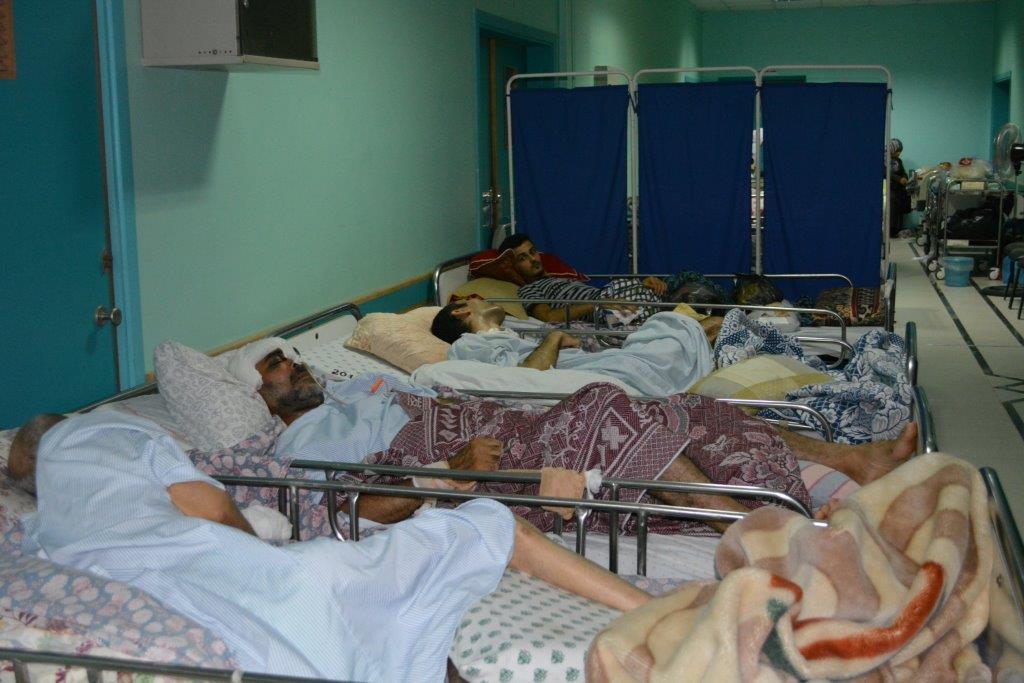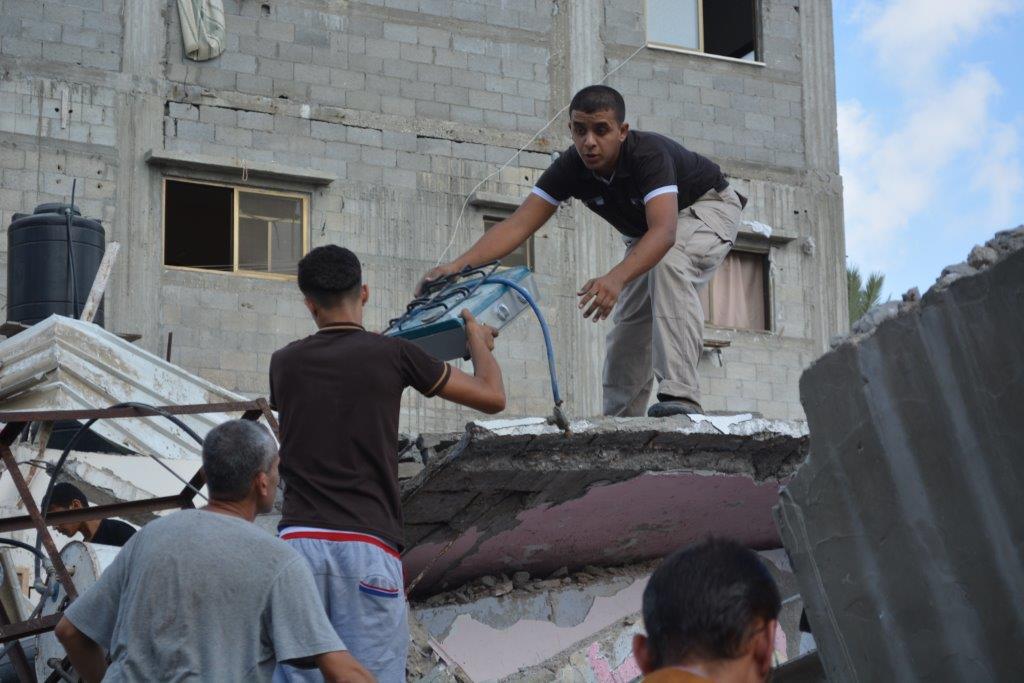Category: Gaza
-
Israeli military shells Gazan el-Wafa hopsital
18th July 2014 | International Solidarity Movement | Gaza, Occupied Palestine Yesterday at 20:40 the Israeli military contacted el-Wafa hospital in Gaza and stated, “Why don’t you care about your family? Why don’t you care about your patients?” The receptionist replied, “Sir, you can’t bomb the hospital. We cannot move the patients.” Several minutes later, two…
-
El-Wafa Elderly Nursing Home shelled by the Israeli military
16th July 2014 | International Solidarity Movement, Charlie Andreasson | Gaza, Occupied Palestine After a night of heavy shelling in the area, the day is dawning in Gaza. The clock ticks pass 08:00; past the evacuation time the Israeli military gave to el-Wafa hospital the previous evening. The patients were not evacuated; there is nowhere…
-
Gaza report: “Colonisation policies will not bring peace and security”
16th July 2014 | International Solidarity Movement, Charlie Andreasson | Gaza, Occupied Palestine Just one or two hours after the ceasefire talks broke down, Sohil Deeb Mahmoud al Hosris’ house was completely demolished in the densely populated refugee camp of Shati in an air strike. It was a miracle nobody were killed or injured. Where the former house stood,…



